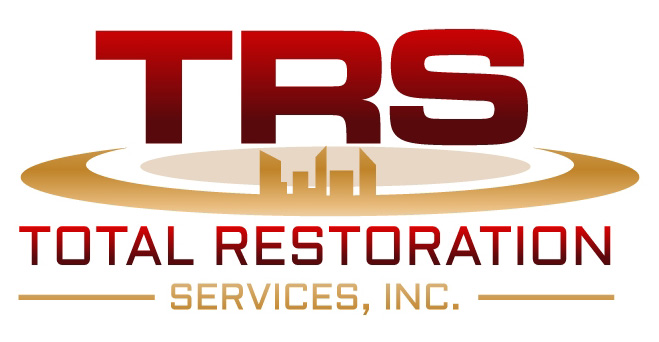Precast Concrete and Repair Basics
While recognized throughout the manufacturing sector as a “value engineering concept,” prestressed concrete members compared to an equivalent conventional reinforced concrete member is economical in several ways. To begin, precast prestressed members require less concrete and about one-third the amount of embedded steel as conventional reinforced concrete structures.
However, industrial and manufacturing processes which generate considerable amounts of moisture, heat, and the need for daily housekeeping can create an environment of high humidity and condensation. The often-overlooked maintenance issue in the design process makes the use of precast concrete quickly become more than simply an economical decision.
Over a prolonged period, these interior wet conditions will accelerate the rusting and corrosion of embedded tendons and reinforcing steel in precast concrete structures. Also, the depth of concrete cover, which provides a passive protection layer for the embedded steel, is extremely shallow compared to that of conventional concrete structures. This initiates the onset of corrosion of reinforcing steel and other embedded metals, which many report as the leading cause of deterioration in all concrete structures. Additionally, if chemicals are used in the process of house-keeping wash downs, the rate of corrosion accelerates exponentially.
The TRS Approach to Concrete Repair
TRS utilizes a systematic approach when investigating and generating repair and maintenance concepts for our clients, including:
1. Investigating the cause or causes of concrete distress
2. Evaluating the extent of damage, normally in depth and surface area
3. Determining the need to repair
4. Selecting the repair method and material
5. Determining method of surface preparation and corrosion protection systems
6. Executing accessibility and logistics of the repair area
7. Determining the need for shoring towers, jacking systems and work platforms
8. Selecting the method required to apply the repair material
9. Executing the curing of the repair material
10. Guiding clients on maintenance guidelines related to the repaired areas
To avoid prolonged structural failure, foundation cracking, or corrosion, seek out an expert to assist in the investigation, evaluation, and repair process of your facilities. You will find that cutting corners is never economical when it comes to concrete structures.
Learn More about TRS
With over 50 years of experience as a concrete service company, Total Restoration Services, Inc. specializes in providing investigative, design, and repair of concrete structures across industrial and commercial buildings in both modern and historical applications. TRS has been ISN Certified since February of 2016. When you partner with Total Restorations Services, Inc., you can trust us to manage your next project with expertise and an abundance of real industry experience. Contact us to discuss your next project at 443-507-5096.







